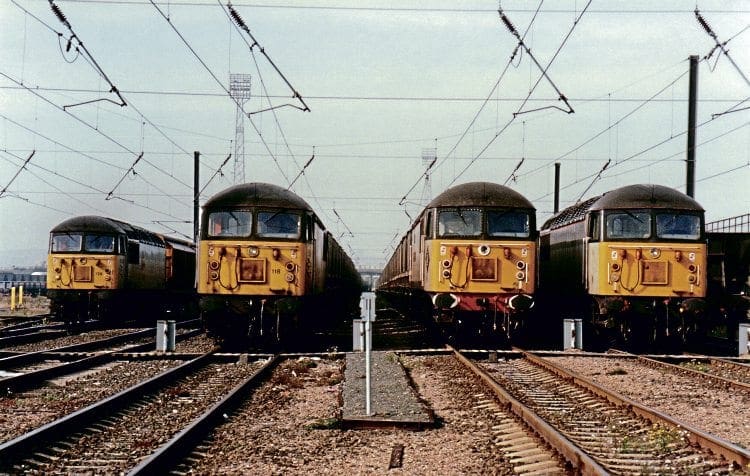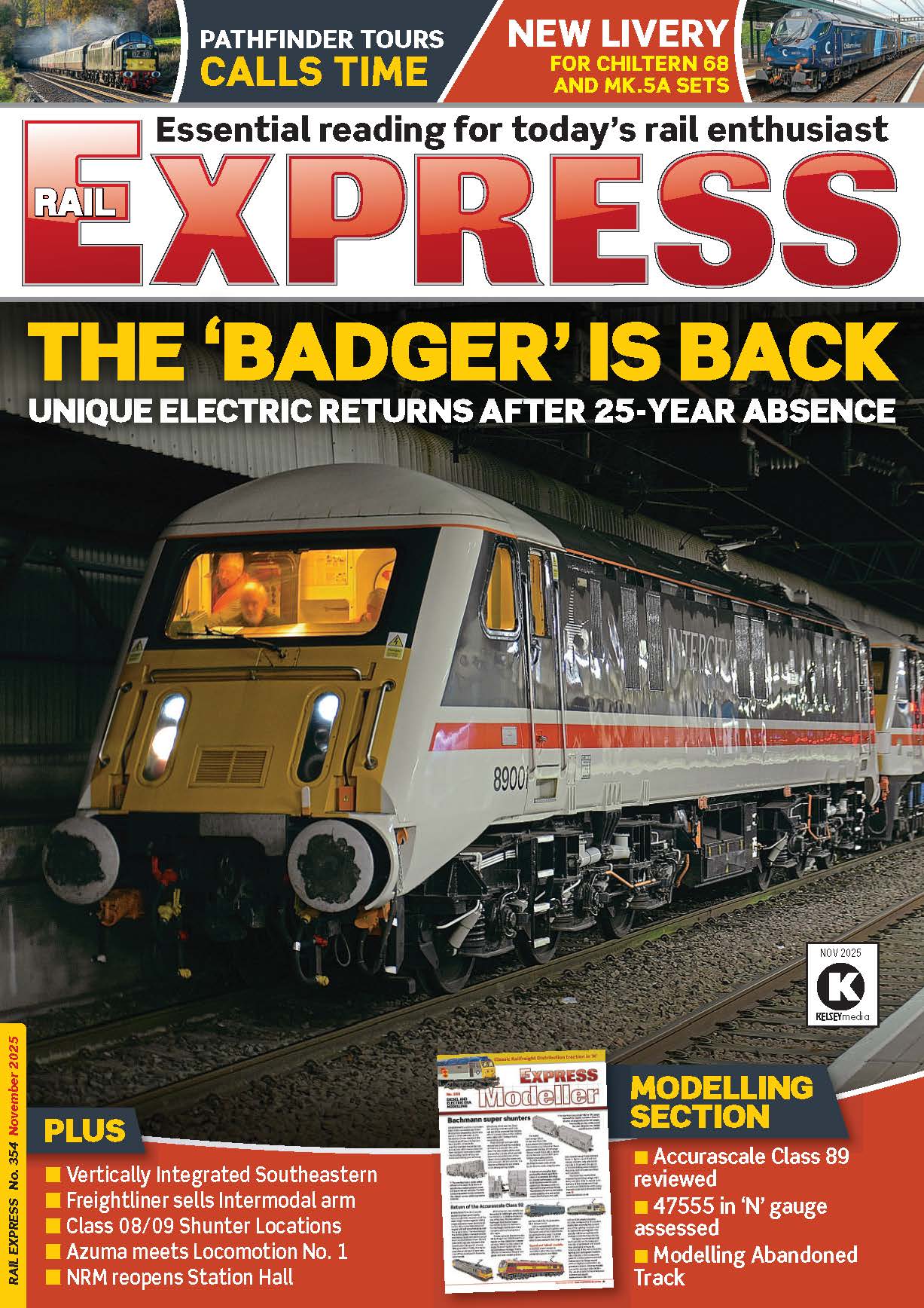Lee Davies looks back to the dying days of British Rail to describe life working ‘J’ turn coal trains from Tyne Yard.
IN 1994, the year that privatisation of British Rail began, its then freight subsidiary Loadhaul decided to close the depots at Sunderland South Dock and Blyth Cambois.

The work for these depots had been much reduced following the colliery closures of 1992, and the remaining jobs were transferred to Tyne Yard – which became a Traction Maintenance Depot (TMD) again – along with some of the traincrew. The coal traffic was then arranged in what was known as ‘J’ turns.
Enjoy more Rail Express Magazine reading every month.
Click here to subscribe & save.
There were 16 ‘J’ turns every weekday, and these were allocated on a weekly coal plan to a driver, locomotive, and set of HAA wagons. The coal plan covered the requirements of the power stations in the North East at Blyth Cambois, Wilton CHP on Teeside, and Lynemouth Alcan, plus the three Aire Valley plants at Drax, Eggborough and Ferrybridge. It also included the discharge points at Blyth Bates and Tyne Coal Terminal in South Shields.
The power generation companies would tell Loadhaul what source they required coal from, generally on the Wednesday the week before, and the coal plan would then be done allocating the crews, locos and hoppers as required.
The source of the coal could be Wardley Opencast (near Gateshead), Melkridge (on the Newcastle to Carlisle line near Haltwhistle), Butterwell or Widdrington in Northumberland, and Lynemouth Colliery, where coal from Ellington was loaded (although things changed here quite quickly).
Read more in February’s issue of Rail Express – out now!



